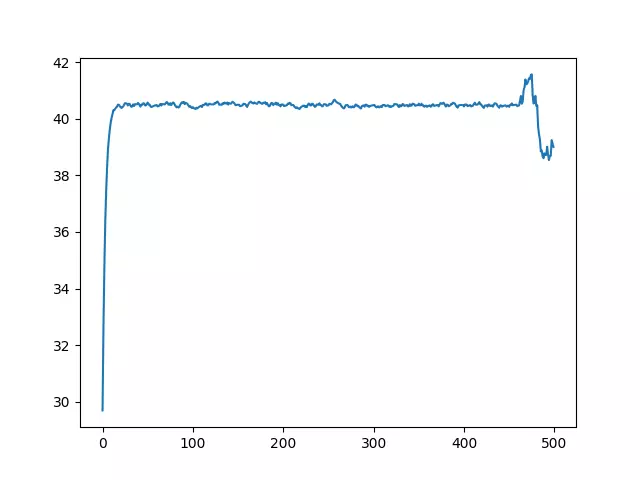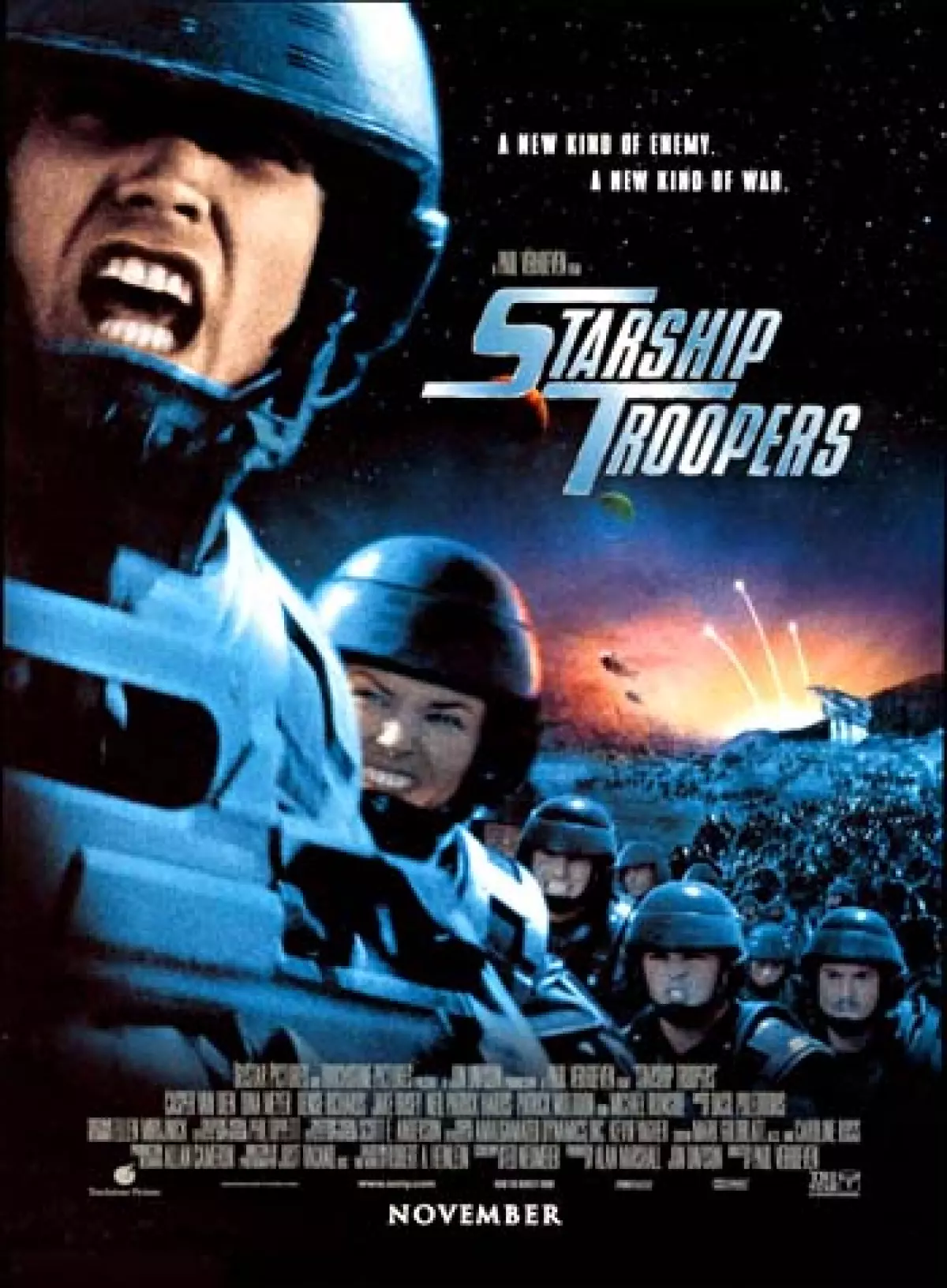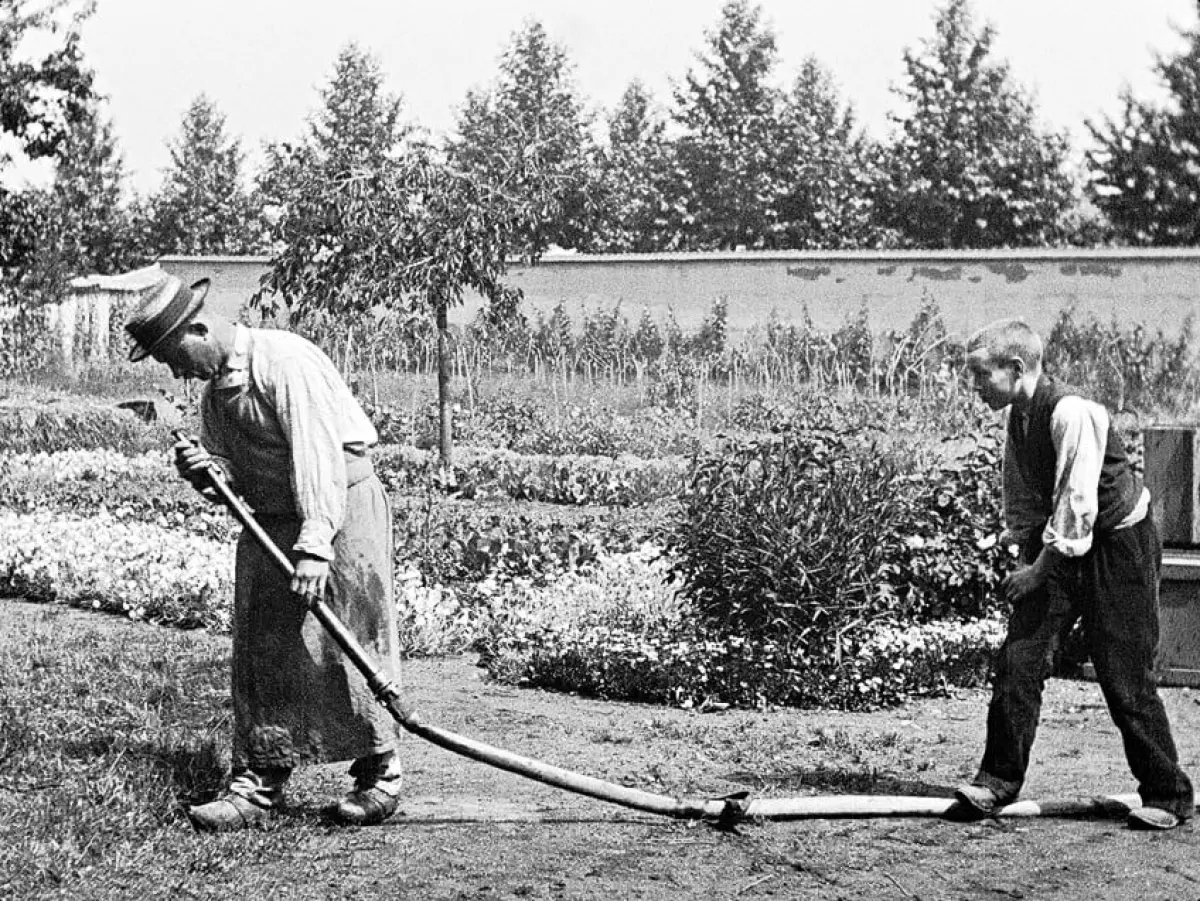Ant Colony Optimization algorithms have always fascinated me. They mimic the behavior of ants in nature and use pheromone trails to communicate and plan routes. Although individual ants follow simple rules, as a collective, they display complex behaviors and achieve remarkable results.
In the realm of computer science, Ant Colony Optimization algorithms are used to solve complex optimization problems where a closed-form or polynomial solution does not exist. One of the most significant applications of these algorithms is in solving the Traveling Salesman Problem (TSP).
The Traveling Salesman Problem
The TSP involves finding the minimum weight Hamiltonian cycle in a complete graph. A Hamiltonian cycle is a cycle that visits each node exactly once and minimizes the total weight sum. For real-world scenarios, the graph represents the distances between various locations, such as cities, and the goal is to find the most efficient route for a traveling salesman to visit all the cities.

Solving the TSP is crucial in logistics and delivery services, where finding the most time-efficient route for multiple deliveries is essential. Moreover, the TSP is an NP-Complete problem, belonging to the family of problems that are computationally hard to solve. A polynomial solution for the TSP would have significant implications, potentially impacting fields like logistics, global trade, and software efficiency.
Ant Colony Optimization: Solving TSP
While there are multiple ways to tackle the TSP, exact solutions for arbitrary graphs are time-consuming to obtain. Instead, approximation algorithms are commonly used to find "good enough" solutions. Ant Colony Optimization provides one such approach.
In Ant Colony Optimization (ACO) algorithms, a simulation of "ants" is run on the graph. Each ant traverses the graph, constrained to move in cycles and visit each node exactly once. As ants explore different paths, they leave pheromone trails on the edges they traverse. The amount of pheromones left is inversely proportional to the weight of the cycle discovered. Ants also have a preference for edges with more pheromones and shorter distances.
The optimization procedure consists of the following steps:
- Initializing the graph with a high amount of pheromones on each edge
- Repeating the process with a specified number of iterations and a set number of ants
- Updating the pheromone levels on each edge based on the quality of the discovered cycles
- Encouraging exploration by including an elite candidate that represents the best solution found so far
- Multiplying the pheromone levels by a degradation constant to prevent past solutions from influencing future ones too heavily
- Repeating until convergence or a certain number of iterations is reached
Over time, the ACO algorithm converges towards shorter cycles as ants leave more pheromones on the edges of shorter cycles. The randomness in ant decision-making also encourages exploration, allowing for the discovery of even better solutions.

Implementing Ant Colony Optimization in Python is relatively straightforward, with many operations being vectorized or parallelizable. While it may not be as fast as other algorithms like Christofides's algorithm, it can converge to optimal solutions and often outperform simpler algorithms.
One remarkable feature of Ant Colony Optimization is its adaptability to changes in the system. As ants constantly update the pheromone trails, they can detect shifts in the graph, making ACO suitable for dynamic network or logistics problems. This real-time adaptation sets ACO apart from algorithms that require complete re-runs.
ACO has been successfully applied to various problems beyond TSP, and further exploration of its applications is encouraged.
Conclusion
Ant Colony Optimization provides a fascinating approach to solving complex optimization problems, particularly the Traveling Salesman Problem. By observing simple rules and leaving pheromone trails, the algorithm converges to optimal or near-optimal solutions. The adaptability of ACO to changes in the system makes it a compelling choice for real-time optimization.
If you are interested in learning more about Ant Colony Optimization or exploring other algorithms and optimization techniques, I recommend checking out the suggested further reading listed below.
Remember, sharing knowledge is a great way to spread the love for algorithms. If you found this article helpful, consider sharing it with others.
Suggested Further Reading
- Shake and Pull Gently, Kazimuth: A captivating post about search and optimization algorithms.
- Reddit User /u/git's comments on Ant Behavior and Ant Trails, serving as inspiration for this article.
- Solving the Large-Scale TSP Problem in 1 h: Santa Claus Challenge 2020: A fun challenge and an explanation of the TSP problem.
- Automatic Relation-aware Graph Network Proliferation: Exploring the use of Graph Neural Networks in solving TSP and other problems.
- TSP Genetic Python: A genetic algorithm for solving the Traveling Salesman Problem.
















